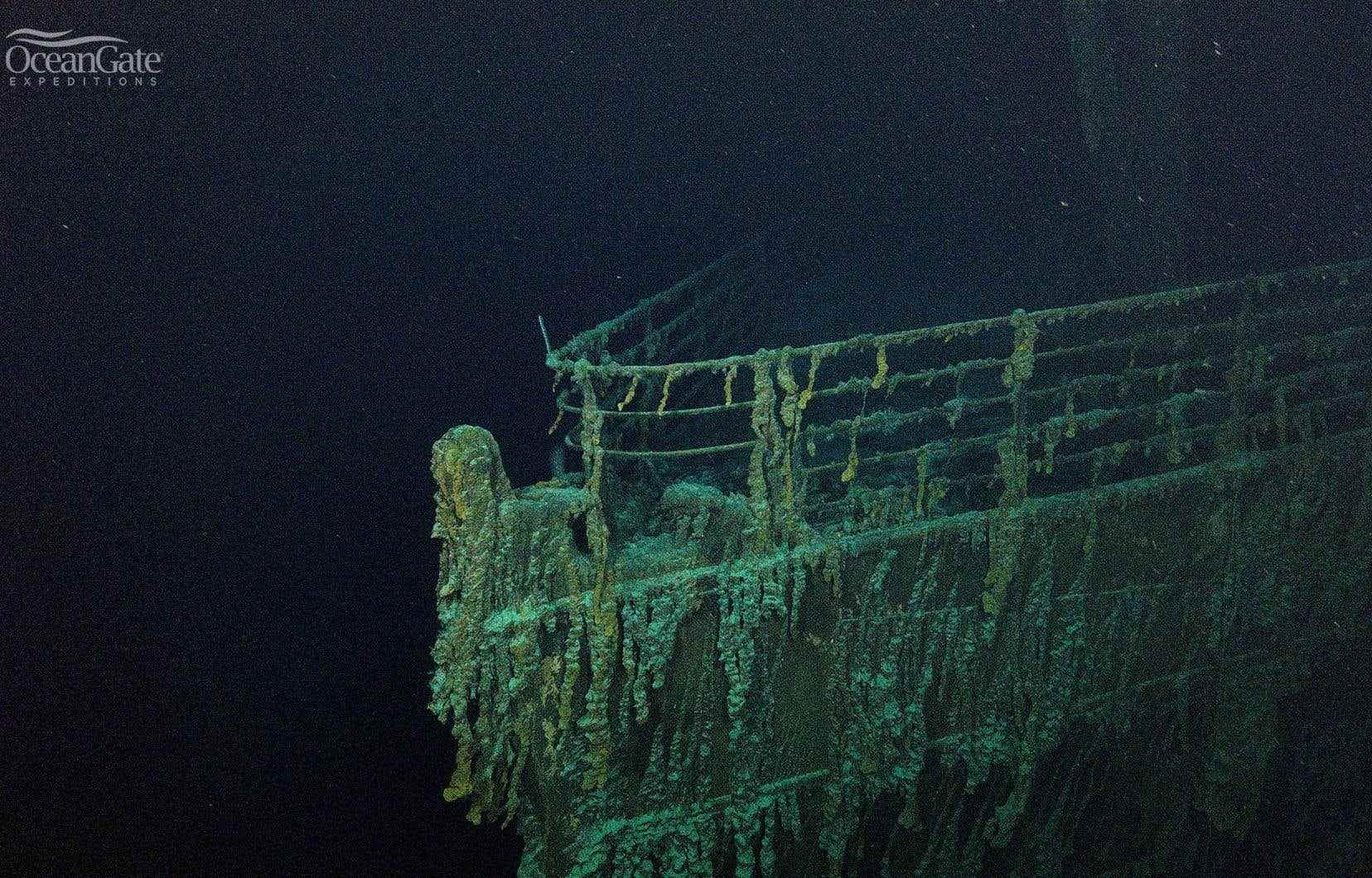A huge mass first detected by sonar in 1998 near the wreck of the Titanic has finally been identified. It is a previously unknown volcanic formation, at a depth of 2900 meters, which hosts an abyssal ecosystem of extraordinary biodiversity.
The first to have detected the existence of this mysterious formation was seasoned explorer Paul-Henri Nargeolet, also known as “PH” or “Mister Titanic”. Since 1987, he has participated in eight expeditions to the legendary wreck and brought up 5,500 objects (hull pieces, jewelry, passenger luggage and others) to document its history.
In 1998, he recorded an anomaly on the sonar, without being able to identify it.
“We didn’t know what we were going to find,” he said in a statement. “On sonar it could have been anything, including another wreck. I’ve been looking for a chance to explore this large object that appeared on sonar so long ago. It was amazing to explore this area and find this fascinating volcanic formation teeming with life. »
The mystery was solved with the help of OceanGate Expeditions, a team of explorers, scientists and filmmakers who document the deep sea. During an expedition dive this year, a team that included PH Nargeolet examined the anomaly near the wreck. OceanGate tentatively named it Nargeolet-Fanning, after veteran diver and mission specialist Oisín Fanning.
Video images released by OceanGate Expeditions show the impressive environment that was discovered.
https://www.youtube.com/watch?v=fx_NfzR-PKI
“This discovery will improve the way we think about the biodiversity of the abyss. The seemingly basaltic volcanic formations are remarkable, and we are amazed by the diversity and density of sponges, bamboo corals, other cold water corals, lobsters and fish thriving 2900 meters deep in the ocean. North Atlantic,” says University of North Carolina Wilmington Marine Science Center professor and OceanGate Expeditions chief scientist Dr. Steve W. Ross.
“Uncovering this previously unknown ecosystem also offers the possibility of making a comparison with the marine biology on and around the Titanic. The variety of life forms, concentration of life, and overall ecosystems may differ between Titanic’s deep artificial reef and this newly revealed natural ocean reef. The similarities and differences will help us better understand our deep-sea environments,” continues Ross.
